CSI SAFE version 20.3.0 (x64)
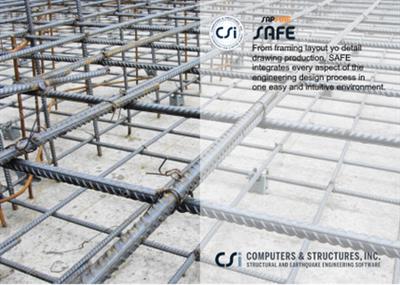
CSI SAFE version 20.3.0 | 606.7 mb
Product:CSI SAFE
Version:20.3.0
Supported Architectures:x64
Website Home Page :www.csiamerica.com
Languages Supported:english
System Requirements:Windows *
Size:606.7 mb
Computers and Structures, Inc. (CSI) is pleased to announce the availability of SAFE 20.2.0. This update includes the latest Canadian code for slab design, updated New Zealand slab design, new Canadian materials, integrated wall reactions, improved display of tendon control points, new API functionality, and other enhancements.
Design
The concrete code “CSA A23.3-19” has been added for reinforced-concrete and post-tensioned slab design.

Reinforced-concrete and post-tensioned slab design have been updated for the NZS 3101-06 code to accommodate Amendments 1 to 3.
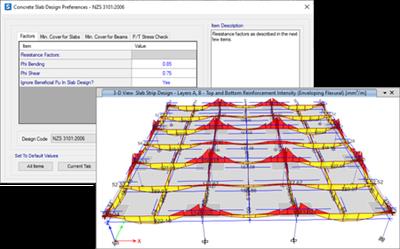
A new concrete slab design preference is available for the “ACI 318-19” code to optionally set the depth-dependent shear-strength reduction factor, Lambda_s, to 1.0 for mats and footings per ACI 318-19 13.2.6.2.
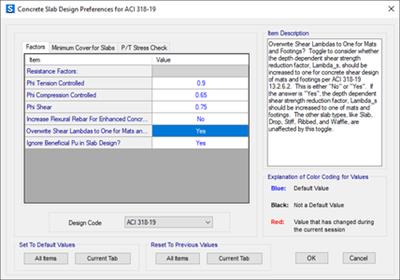
Concrete frame design now reports and displays the longitudinal rebar required for detailing due to torsion and shear, in addition to the flexural rebar previously reported for detailing purposes.

Structural Model
A built-in material library has been added for Canada with steel materials per the CSA G40.20-13/G40.21-13 standard, concrete materials per the CSA A23.3 standard, and rebar materials per the CSA G30.18:21 standard.
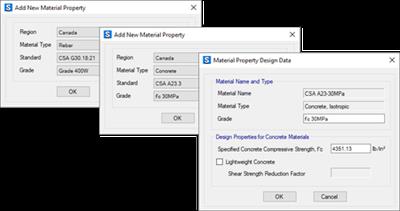
Output and Display
Integrated wall reactions are now available for graphical display and in a new database table.
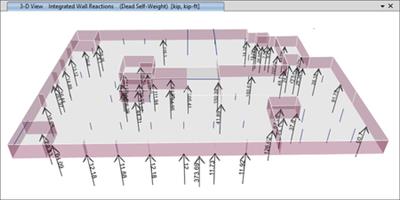
The display of tendon control points has been enhanced to show all control points within each span, and to display the vertical offset distance of tendon control points from the bottom of the slab (or drop, if present).
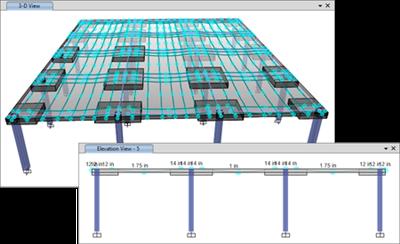
Soil pressures are now available in the database tables on a joint-by-joint basis in addition to the enveloped values previously available on a slab-panel basis.

Application Programming Interface (API)
The following enhancements have been made to the Application Programming Interface (API):
– The client can attach to any running instance of SAFE given its process ID.
– A new command “Set as active instance for API” has been added to the Tools menu.
– A new interface cPluginContract has been added to simplify plugin development.
– Speed has been improved for external .NET clients that call the API by chaining properties and methods in deeply nested loops.
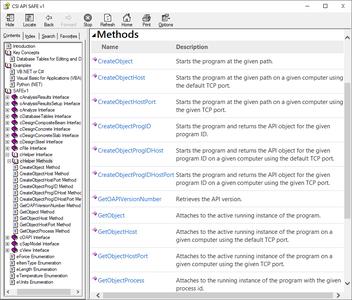

SAFE is a software tailored for the engineeringof elevated floor and foundation slab systems. Slab modeling, analysis, and design procedures feature a suite of sophisticated tools and applications, couple with post-tensioning, punching-shear, and beam detailing, and integrate the influence of soils, ramps, columns, braces, walls (rectilinear or curvilinear), and other interfacial elements. Interoperability with SAP2000 and ETABS allows users to import models, loading, and displacement fields into SAFE for more advanced local assessment of slab systems within larger structures.
A 3D-object-based model may originate in SAFE or import from SAP2000, ETABS, or CAD. Templates quickly initiate a model. Grid, snap, chamfer/fillet, trim/extend, circular- and spline-curve controls allow direct drawing of any slab shape. Replication tools streamline modeling for a series of unique slab systems, as was done with Studio Gang’s Aqua in Chicago, Illinois (Reid, Robert L. Chicago Tower’s ‘Wavelike’ Design Features Different Shapes For Every Floor. Civil Engineering Apr. 2007: 22). Up to four simultaneous display windows present the model. Interactive database editing presents definition tables in SAFE and Excel.
SAFE version 20.3.0 includes the latest Canadian code for slab design, updated New Zealand slab design, new Canadian materials, integrated wall reactions, improved display of tendon control points, new API functionality, and other enhancements.
SAFE – 01 Introductory Tutorial: Watch & Learn
Learn about the SAFE finite element based concrete slab analysis and design program and the powerful tools it offers for modeling and designing complex concrete floor slabs and foundations, using both mild reinforcement and post-tensioning.
Founded in 1975, Computers and Structures, Inc. (CSI)is recognized globally as the pioneering leader in software tools for structural and earthquake engineering. Software from CSI is used by thousands of engineering firms in over 160 countries for the design of major projects, including the Taipei 101 Tower in Taiwan, One World Trade Center in New York, the 2008 Olympics Birds Nest Stadium in Beijing and the cable-stayed Centenario Bridge over the Panama Canal. CSI’s software is backed by more than three decades of research and development, making it the trusted choice of sophisticated design professionals everywhere.